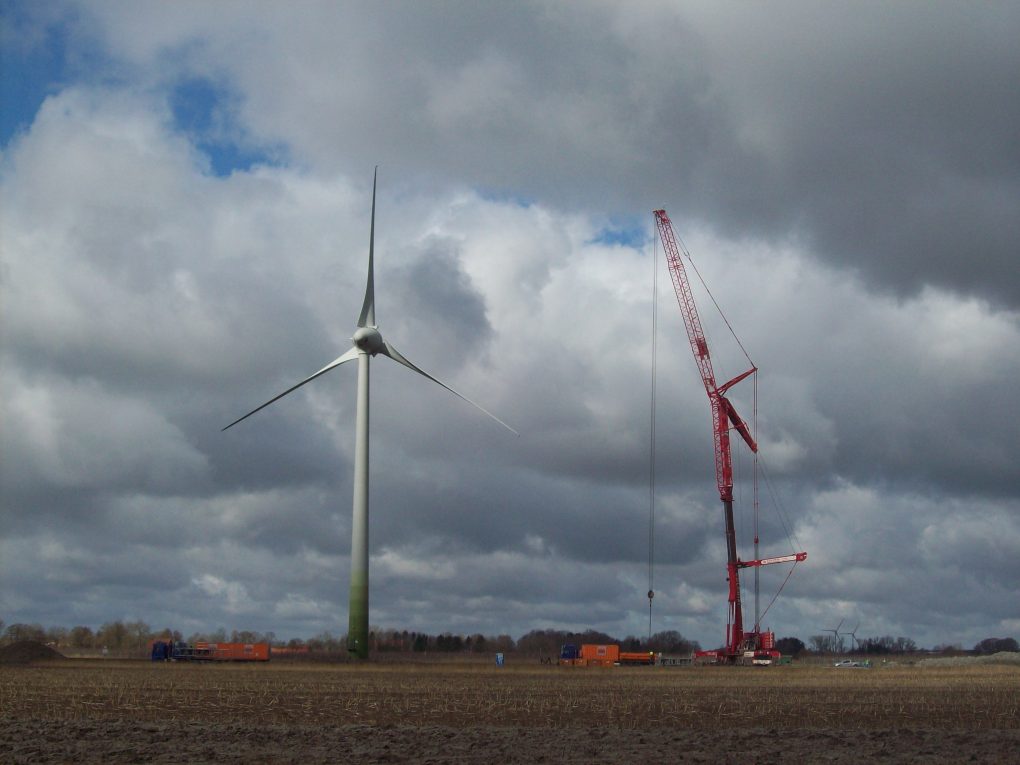In principle it is possible to make financial corrections to a limited extent in the operation of a wind farm through good business and operational management. The opportunities for optimisations are in fact limited, however, if the farm is already well managed. Revenue increases of two to three percent and outlay reductions of up to five percent represent achievable figures. This means that any significant misjudgement of the location with regard to its earnings position and the wind potential or with respect to the turbine technology installed, cannot be compensated. Going beyond the actual areas of business and operational management, there are further areas which although to some extent difficult are also highly fascinating and which relate in some cases directly to the location and location planning or directly to the turbine technology in existence at the location.
The quality of the location usually represents a constant and is defined in particular by the wind potential. It is not possible to optimise or change this retrospectively. However, in this connection, the risk of third party turbines being constructed in an around the wind farm already at the planning and implementation stage is one of the most significant questions when it comes to assessing a location. Depending on the wind farm configuration, main wind direction and size of the turbines, any additional turbines may have differing effects. For the existing wind farm it is problematical if the additional shadowing effects from the turbines erected later were previously unknown and cannot be compensated. There are some wind farms which have lost 20 percent of their yield as a result.
We have developed an early warning system for the stock of currently 1,800 turbines managed by ourselves, and this system is now bearing fruit. Firstly local land-owners as well as our own people with local responsibility, the farm attendants, are made aware of the need and motivated to report any new planning procedures.
Furthermore, official announcements and news from administrative officials as well as changes in regional planning are recorded by project development and communicated using wpd windmanager. It is usually possible to influence third-party planning if it is detected at an early stage.
On the other hand, there may be a chance to optimise the location ourselves by adding turbines within the wind farm. That is why we regularly examine our wind fields for any opportunities to condense or expand them. Expansions to wind farms, in particular, currently often represent opportunities when land is newly designated. If these opportunities exist, we try to exploit them with the operators as an expansion of the existing wind farm.
The ultimate form of optimising a location is repowering. The location and the type of turbine define the profitability in all crucial areas. The former is a given, the latter can be completely replaced retrospectively as part of a repowering process, as far as this is technically and financially possible, and re-selected to suit the location. wpd wind manager has succeeded in collaboration with investors and limited partners in turning critical locations into very good and profitable projects by means of greater nacelle heights and more modern turbines.
